Filter by
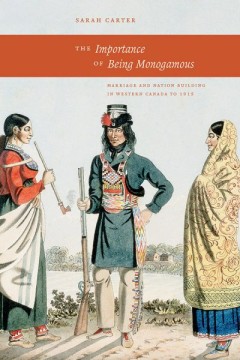
The Importance of Being Monogamous Marriage and Nation Building in Western C…
Sarah Carter reveals the pioneering efforts of the government, legal, and religious authorities to impose the “one man, one woman” model of marriage upon Mormons and Aboriginal people in Western Canada. This lucidly written, richly researched book revises what we know about marriage and the gendered politics of late 19th century reform, shifts our understanding of Aboriginal history during …
- Edition
- -
- ISBN/ISSN
- 9780888644909.01
- Collation
- -
- Series Title
- -
- Call Number
- 399 pages
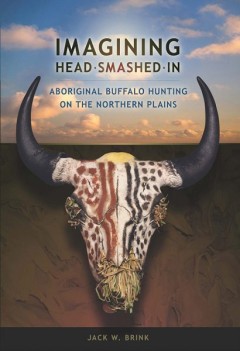
Imagining Head-Smashed-In Aboriginal Buffalo Hunting on the Northern Plains
At the place known as Head-Smashed-In in southwestern Alberta, Aboriginal people practiced a form of group hunting for nearly 6,000 years before European contact. The large communal bison traps of the Plains were the single greatest food-getting method ever developed in human history. Hunters, working with their knowledge of the land and of buffalo behaviour, drove their quarry over a cliff and…
- Edition
- -
- ISBN/ISSN
- 978-1-897425-04-6
- Collation
- -
- Series Title
- -
- Call Number
- 6.5 x 9.25, 361 pages
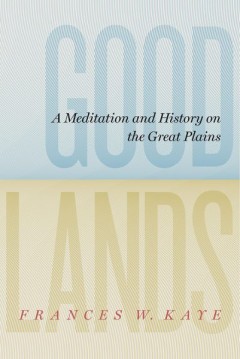
Goodlands A Meditation and History on the Great Plains
Amer-European settlement of the Great Plains transformed bountiful Native soil into pasture and cropland, distorting the prairie ecosystem as it was understood and used by the peoples who originally populated the land. Settlers justified this transformation with the unexamined premise of deficiency, according to which the Great Plains region was inadequate in flora and fauna and the region lack…
- Edition
- -
- ISBN/ISSN
- 978-1-897425-99-2
- Collation
- -
- Series Title
- The West Unbound: Social and Cultural Studies
- Call Number
- 388 pages
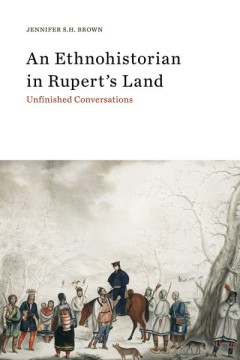
An Ethnohistorian in Rupert’s Land Unfinished Conversations
While diverse in their subject matter, the essays have thematic unity in their focus on the old HBC territory and its peoples from the 1600s to the present. More than an anthology, the chapters of An Ethnohistorian in Rupert’s Land provide examples of Brown’s exceptional skill in the close study of texts, including oral documents, images, artifacts, and other cultural expressions. The volum…
- Edition
- -
- ISBN/ISSN
- 9781771991711.01
- Collation
- -
- Series Title
- -
- Call Number
- 6 x 9, 368 pages
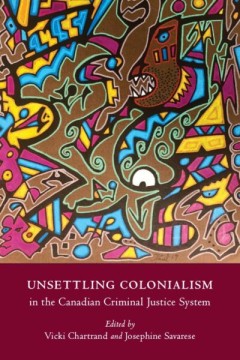
Unsettling Colonialism in the Canadian Criminal Justice System
Canada’s criminal justice system reinforces dominant relations of power and further entrenches the country in its colonial past. Through the mechanisms of surveillance, segregation, and containment, the criminal justice system ensures that Indigenous peoples remain in a state of economic deprivation, social isolation, and political subjection. By examining the ways in which the Canadian justi…
- Edition
- -
- ISBN/ISSN
- 9781771993685
- Collation
- -
- Series Title
- -
- Call Number
- 6 x 9, 340 pages
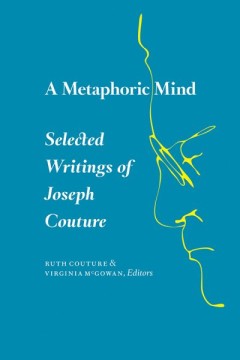
A Metaphoric Mind Selected Writings of Joseph Couture
With a foreword by Lewis Cardinal, A Metaphoric Mind brings together for the first time key works selected from among Dr. Joe’s writings, published and unpublished. Spanning nearly thirty years, the essays invite us to share in his transformative legacy through a series of encounters, with Aboriginal spirituality and ancestral ways of knowing, with Elders and their teachings, with education a…
- Edition
- -
- ISBN/ISSN
- 9781926836539
- Collation
- -
- Series Title
- -
- Call Number
- 329
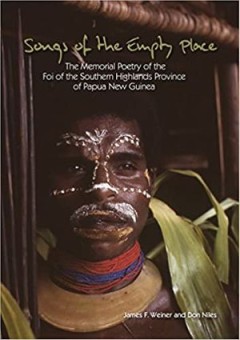
Songs of the Empty Place: The Memorial Poetry of the Foi of the Southern High…
For 31 months between 1979 and 1995, James F. Weiner conducted anthropological research amongst the Foi people in Southern Highlands Province, Papua New Guinea. This book contains the transcriptions, translations, and descriptions of the songs he recorded. The texts of women’s sago songs (obedobora), men’s ceremonial songs (sorohabora), and women’s sorohabora are included. Men turn the pr…
- Edition
- -
- ISBN/ISSN
- 9781925022230
- Collation
- -
- Series Title
- -
- Call Number
- 305.8 NIL s
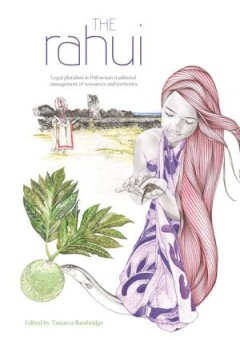
The Rahui: Legal pluralism in Polynesian traditional management of resources …
This collection deals with an ancient institution in Eastern Polynesia called the rahui, a form of restricting access to resources and/or territories. While tapu had been extensively discussed in the scientific literature on Oceanian anthropology, the rahui is quite absent from secondary modern literature. This situation is all the more problematic because individual actors, societies, and stat…
- Edition
- -
- ISBN/ISSN
- 9781925022919
- Collation
- -
- Series Title
- -
- Call Number
- 301 BAM r
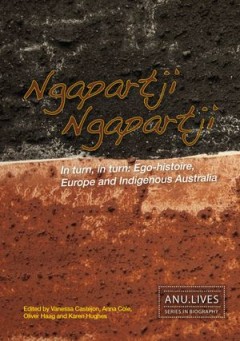
Ngapartji Ngapartji: In turn, in turn: Ego-histoire, Europe and Indigenous Au…
In this innovative collection, Indigenous and non-Indigenous scholars from Australia and Europe reflect on how their life histories have impacted on their research in Indigenous Australian Studies. Drawing on Pierre Nora’s concept of ego-histoire as an analytical tool to ask historians to apply their methods to themselves, contributors lay open their paths, personal commitments and passion in…
- Edition
- -
- ISBN/ISSN
- 9781925021738
- Collation
- -
- Series Title
- -
- Call Number
- 306 NGA n
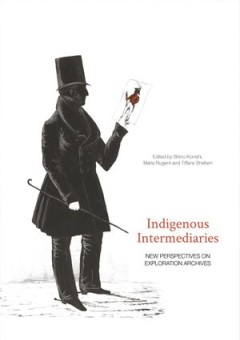
Indigenous Intermediaries: New perspectives on exploration archives
This edited collection understands exploration as a collective effort and experience involving a variety of people in diverse kinds of relationships. It engages with the recent resurgence of interest in the history of exploration by focusing on the various indigenous intermediaries – Jacky Jacky, Bungaree, Moowattin, Tupaia, Mai, Cheealthluc and lesser-known individuals – who were the guide…
- Edition
- -
- ISBN/ISSN
- 9781925022773
- Collation
- -
- Series Title
- -
- Call Number
- 301 IND i
 Computer Science, Information & General Works
Computer Science, Information & General Works  Philosophy & Psychology
Philosophy & Psychology  Religion
Religion  Social Sciences
Social Sciences  Language
Language  Pure Science
Pure Science  Applied Sciences
Applied Sciences  Art & Recreation
Art & Recreation  Literature
Literature  History & Geography
History & Geography